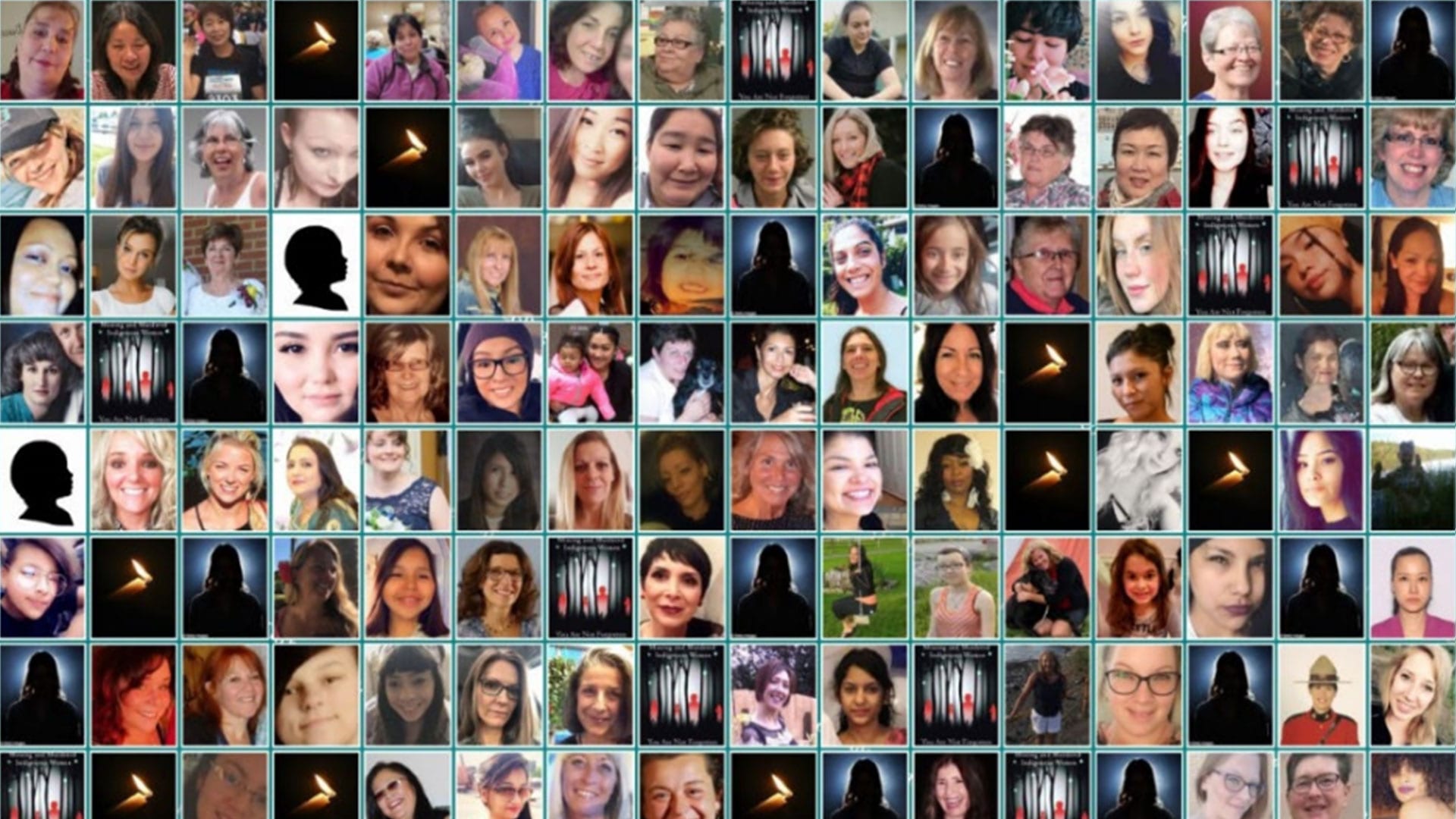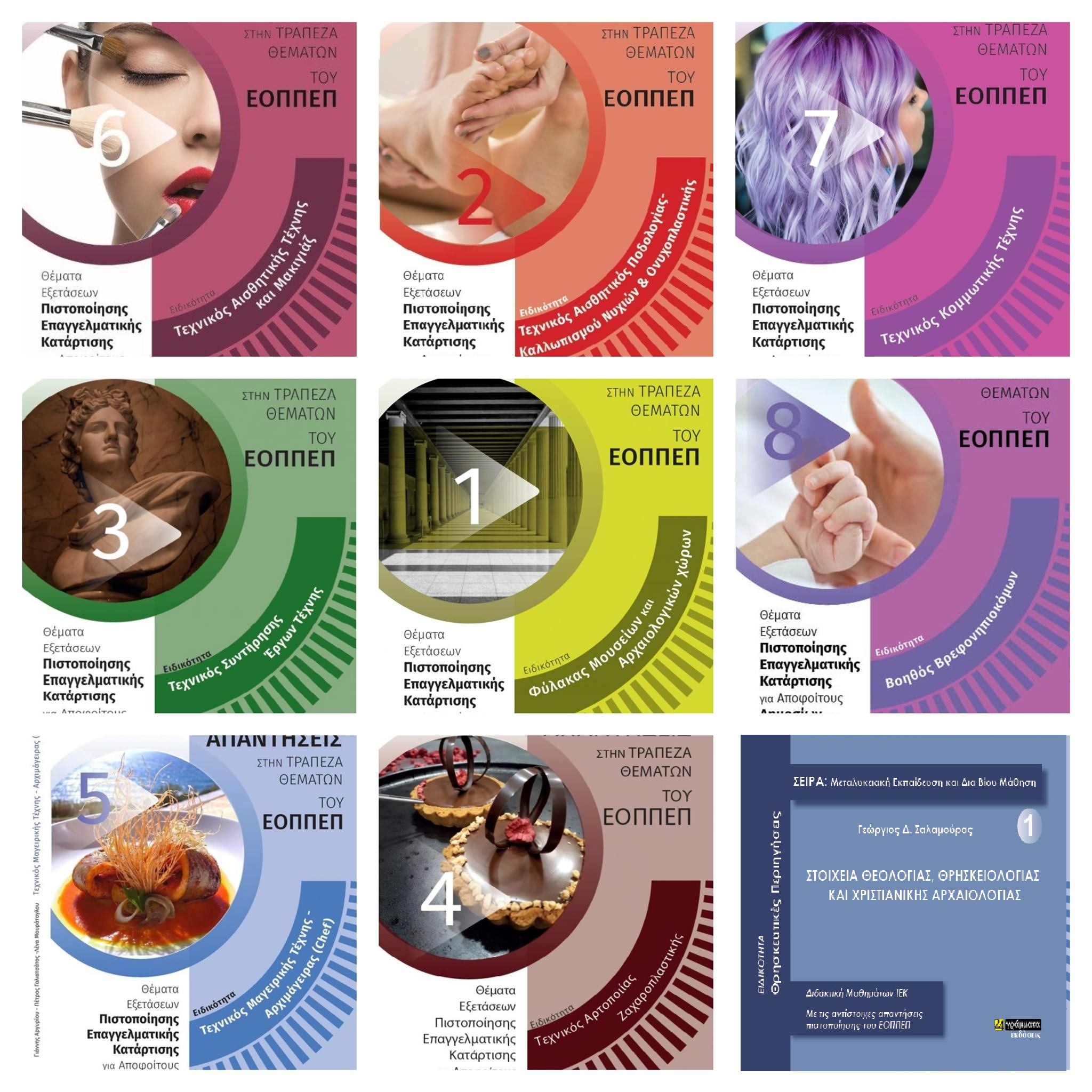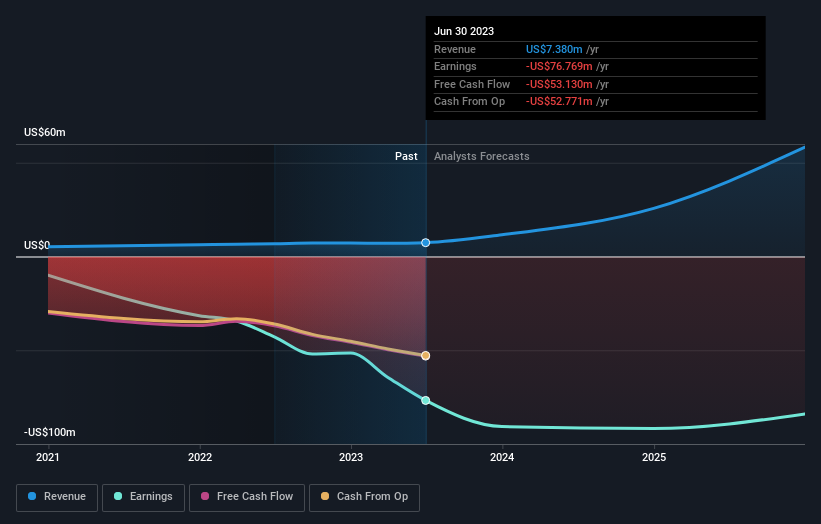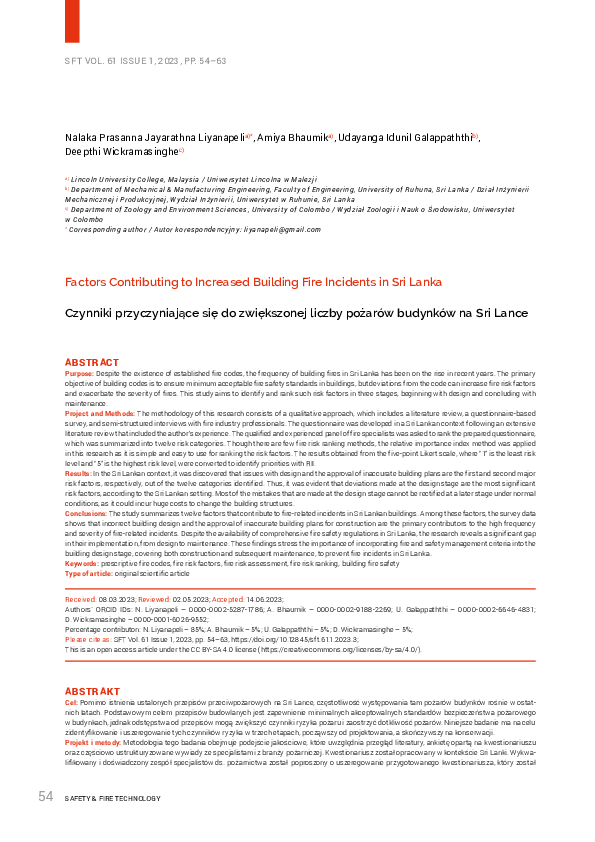What Is Femicide And Why Are Incidents Increasing? A Comprehensive Analysis

Table of Contents
Defining Femicide: Beyond the Statistics
Femicide is more than just another homicide statistic; it's a distinct crime rooted in gender inequality. Legally, the definition varies across jurisdictions, but the core principle remains consistent: the killing of women because of their gender. This distinguishes it from other forms of homicide, emphasizing the perpetrator's motivation and the victim's identity as a woman. Femicide manifests in various horrifying forms:
- Intimate partner femicide: The murder of a woman by her current or former partner, often fueled by control, jealousy, and a sense of ownership.
- Femicide linked to honor killings: The murder of a woman perceived to have dishonored her family, highlighting the devastating impact of patriarchal cultural norms.
- Femicide related to trafficking: The murder of women exploited in human trafficking, often silenced to protect criminal networks.
Recognizing femicide as a distinct crime is crucial. It underscores the violation of women's human rights and necessitates targeted interventions.
- Femicide is a gender-based crime, highlighting the systemic issues at play.
- It is not simply homicide but a grave violation of fundamental human rights.
- Accurate data collection and reporting are crucial for understanding the true scope of this global problem.
Understanding the Root Causes of Femicide
The roots of femicide are deeply embedded in societal structures and beliefs. Patriarchal norms, which privilege men and subordinate women, create an environment where violence against women is normalized and even excused. Misogyny, sexism, and toxic masculinity fuel a climate of disrespect and dehumanization, making women vulnerable to extreme violence.
- Patriarchal structures and power imbalances: Societal systems that grant men dominance perpetuate a culture of control and violence.
- Lack of legal protection and enforcement: Weak laws and ineffective enforcement mechanisms fail to hold perpetrators accountable.
- Societal acceptance of violence against women: The normalization of violence, often justified through cultural or religious norms, creates a dangerous environment.
- Gender stereotypes and discrimination: Harmful stereotypes that portray women as inferior or subservient contribute to the justification of violence.
The Rise in Femicide Cases: Trends and Patterns
Reports from the UN, WHO, and other credible sources paint a disturbing picture: femicide is on the rise globally. While precise figures vary due to underreporting and inconsistent data collection, the trend is undeniable. Regional variations exist, influenced by factors such as cultural norms, levels of gender inequality, and socio-economic conditions. Conflict zones, regions with high poverty rates, and areas with weak rule of law often experience disproportionately higher rates of femicide.
- Global statistics on femicide rates: Show a concerning upward trend, though accurate figures are difficult to obtain due to underreporting.
- Regional disparities in femicide occurrence: Highlight the complex interplay of cultural and socio-economic factors.
- Impact of conflict and socio-economic factors: These factors exacerbate existing vulnerabilities, increasing the risk of femicide.
- Challenges in data collection and reporting: Inconsistent methodologies and underreporting hinder accurate assessments of the problem's scale.
Combating Femicide: Prevention and Intervention Strategies
Addressing the crisis of femicide requires a multi-pronged approach encompassing prevention and intervention strategies. Strengthening legislation to criminalize femicide and ensure harsher penalties for perpetrators is crucial. Improved law enforcement training, focusing on gender-sensitive investigations and victim support, is equally vital.
- Strengthening legal frameworks: Implementing robust laws specifically addressing femicide and ensuring effective prosecution.
- Improving law enforcement and judicial response: Providing specialized training to police and judicial personnel to handle femicide cases effectively.
- Educational programs to promote gender equality: Challenging patriarchal norms and promoting respect for women's rights.
- Community-based support and intervention programs: Providing safe spaces and resources for women at risk of violence.
- Providing resources and support for survivors: Offering comprehensive psychological, legal, and social support to survivors and their families.
Conclusion: Addressing the Global Crisis of Femicide
Femicide is a complex issue with deep societal roots. Its alarming increase necessitates a collective response involving governments, communities, and individuals. Ending femicide requires a fundamental shift in attitudes and behaviors, a commitment to challenging patriarchal norms, and the creation of safe and equitable environments for women and girls. We must all work together to prevent femicide, fight femicide, and ultimately, end femicide. Learn more about femicide prevention and support organizations working to end gender-based violence by visiting [link to relevant organization 1] and [link to relevant organization 2]. Let’s unite to build a world free from violence against women.

Featured Posts
-
 Breite Ton Efimereyonta Giatro Sas Stin Patra 10 And 11 Maioy
May 21, 2025
Breite Ton Efimereyonta Giatro Sas Stin Patra 10 And 11 Maioy
May 21, 2025 -
 Roxanne Perez And Rhea Ripley 2025 Money In The Bank Ladder Match Qualifiers
May 21, 2025
Roxanne Perez And Rhea Ripley 2025 Money In The Bank Ladder Match Qualifiers
May 21, 2025 -
 Why Did D Wave Quantum Inc Qbts Stock Price Increase This Week
May 21, 2025
Why Did D Wave Quantum Inc Qbts Stock Price Increase This Week
May 21, 2025 -
 Trans Australia Run Record Breaking Attempt Underway
May 21, 2025
Trans Australia Run Record Breaking Attempt Underway
May 21, 2025 -
 The Rise Of Femicide Exploring The Factors Contributing To Increased Incidents
May 21, 2025
The Rise Of Femicide Exploring The Factors Contributing To Increased Incidents
May 21, 2025
